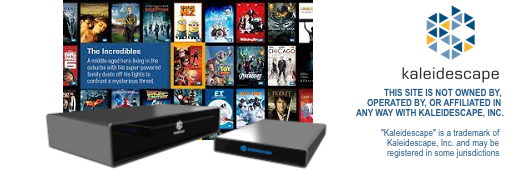I am sure I am missing something. But my use case is just for Kscape. Spending $400 for controller and $150 for switch and buy repeaters and taking training to install software is a lot. Again to add each switch will cost again $150. I am still not sure why casetta switch to this is 3 times more expensive
Rightnow, I am using $20 wifi switch which I can talk to goolge to turn off/on which helps me a lot. But integrating with Kscape is a huge benefit.
There are a lot of reasons.
Future support and timely development. Buying a $20 switch is great, but how reliable is the brand going to be 6 months, 5 years, or further down the road when Google changes something in their integration? Lutron is an established brand that can afford to maintain a software team and with relationships to receive advance notification of upcoming changes to partner code.
Hardware integration. You're using a $20 switch, but also requires the investment of a Google device to make it more than a $3 switch. That's comparable to a Lutron switch and a Lutron controller. The Lutrons are more expensive, but they're going to have a tighter integration, being from the same brand and developed by the same engineers. Again, if Lutron pushes a controller software update, you likely won't have to wait for them to develop and push a new software update for the switch, it will be simultaneous.
Network reliability. With a Lutron system running from a controller, your system is going to work even if your network goes out because all processing and control is done in the controller, not on google or amazon's servers.
Greater capabilities. Your switch and google give you on/off. Spend more and you can get dimming. What the Lutron tech offers as you get higher up the ladder is more granular capabilities for automation and programming. Scenes and settings. Direct, custom integrations with third party hardware, such as Kaleidescape. The higher-end controller is required to interpret the cues from Kaleidescape and convert those cues into scenes that you have full control over. There are so many options that go over and above what an off the shelf system can do when you think about it.
When you hit play, all the lights go out and the window shades close. But if you hit pause in the middle of a movie, you don't want the shades to come up, you just want a little soft lighting - maybe only your walkway lighting and not the ceiling lights - so you can use the restroom. And when you hit play to start the movie again, you want the system to know that the ceiling lights are already off and to not toggle that power switch and turn them back on, but to only turn off the walkway lighting.
Do you want the window shades to open again as the credits start to roll? Maybe, maybe not, maybe yes if it was a matinee and it's still light outside, maybe no if it's already past sunset and you're going to be going to bed anyway.
The more capability you want, and the more complexity in the options, the more you need a separate controller to handle it. The Caseta hub or Google Home aren't going to offer intricate variations on actions like a controller will.
You have to decide if it's worth it if all you want is the quick 'turn the lights on when the credits start' functionality. If that's really all you're planning to implement, I'd probably say get a Caseta switch with a Pico remote and stick the remote by your chair. When you see the credits roll, hit the button and tell your family it was automated. If you want to build an entire theater lighting system with enter/exit lighting, preview lighting, restroom lighting, party lighting, sports lighting, and more, get a RA3 system.
 radiora3.lutron.com
radiora3.lutron.com
 radiora3.lutron.com
radiora3.lutron.com
 radiora3.lutron.com
radiora3.lutron.com


